Are you curious about ancient civilizations and archaeological finds? Here are the archaeology museums you must see in Asturias:
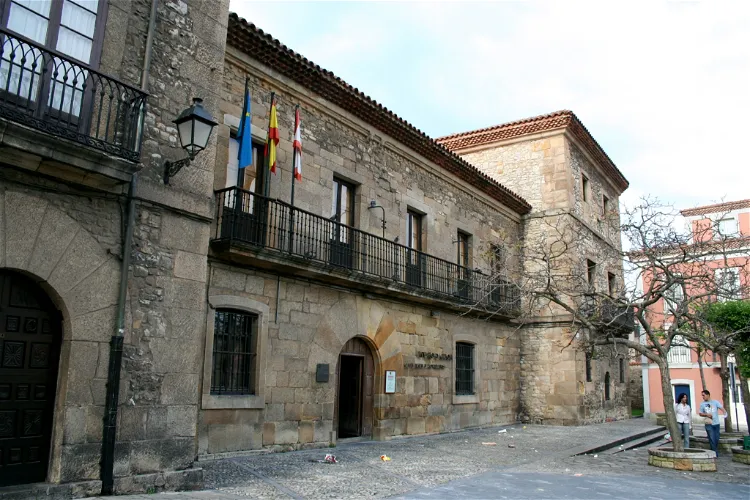
Jovellanos Birthplace Museum
GijónThe Jovellanos Birthplace Museum is situated in a palatial house in the Cimadevilla neighborhood of Gijón, Asturias, Spain. This location is steeped in history and offers a unique insight into the life and times of Jovellanos, a prominent figure in Spanish history. The museum is easily accessible and is a significant landmark in the city.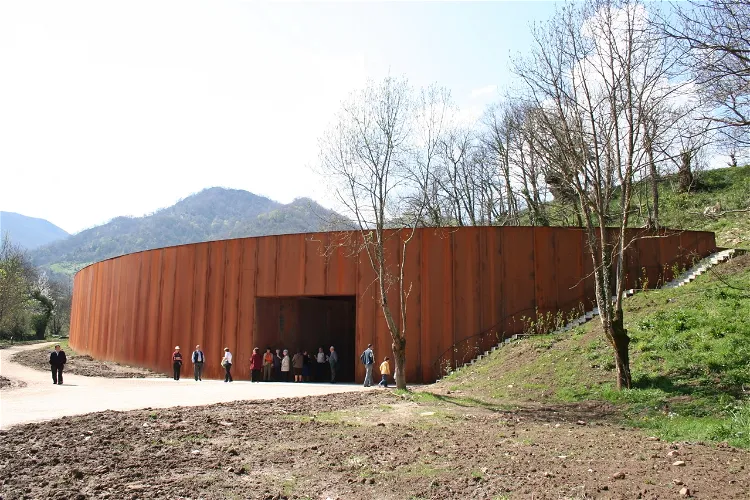
Prehistoric Park Teverga
TevergaThe park features two exhibition areas: The gallery and the Cave of Caves. Both these facilities, along with the service area that includes a cafeteria and a shop, are seamlessly integrated into the natural landscape. Only the entrances stand out in the relief, with the rest of each facility being underground.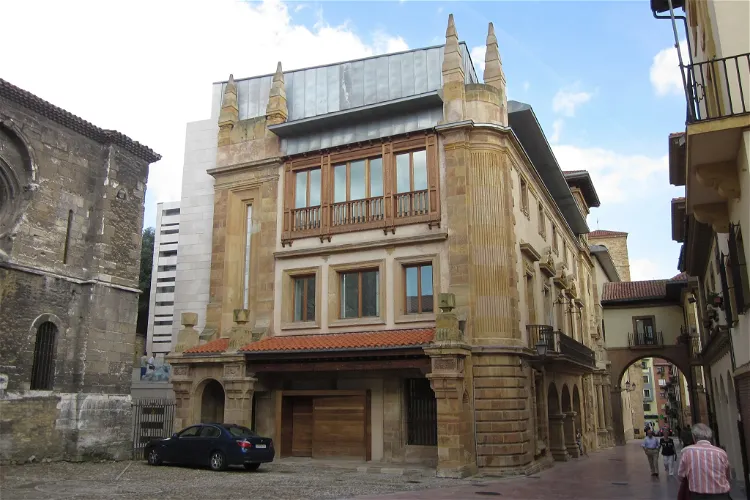
Archaeological Museum of Asturias
OviedoThe Archaeological Museum of Asturias, situated in Oviedo, is a regional institution committed to the preservation of the cultural and archaeological heritage of the Principality of Asturias. The museum's collection has been steadily growing since its establishment, primarily through discoveries, donations, and acquisitions of objects.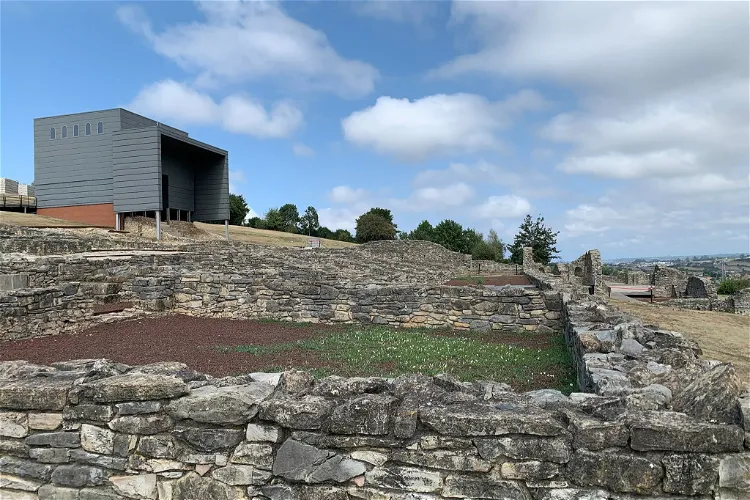
Roman Villa of Veranes
GijónThe Roman Villa of Veranes, located in the Veranes neighborhood in the parish of Cenero in the Asturian council of Gijón, Spain, is an archaeological site that offers a unique glimpse into the past. The site is home to the ruins of a Roman villa, which are interpreted and presented to the public through an on-site interpretation center. This allows visitors to gain a deeper understanding of the historical significance and context of the ruins.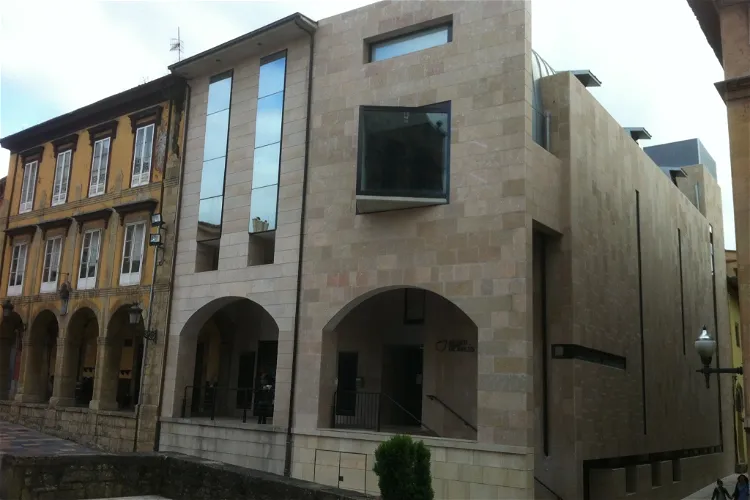
Museum of Avilés Urban History
AvilésThe Museum of Urban History of Avilés is situated within the city's historic-artistic complex. It is the first public space dedicated to the history of Avilés, a city in the Asturias region of Spain. The museum is designed to provide a chronological context of events that have shaped the development of the town over different periods, with a particular emphasis on the period from the granting of the charter by King Alfonso VI in 1085 to the present day.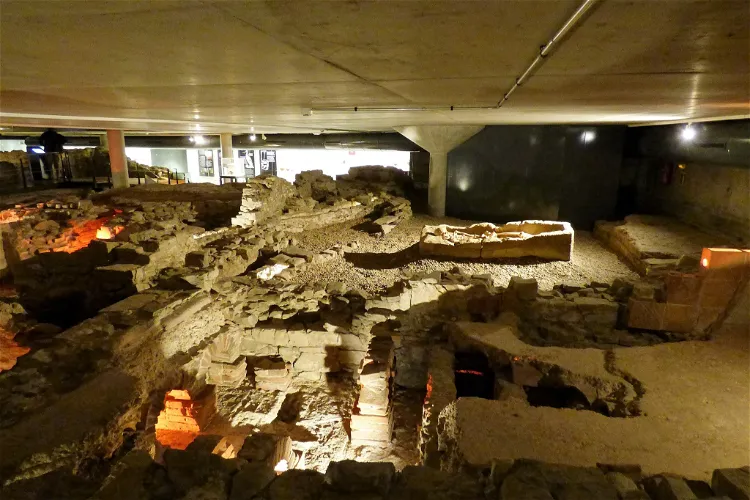
Campo Valdés Roman Baths
GijónThe Campo Valdés Roman Baths, located in the Cimadevilla neighborhood of the Asturian town of Gijón, are a significant historical site. These public baths from the Roman era offer a glimpse into the past and are an integral part of the city's rich history.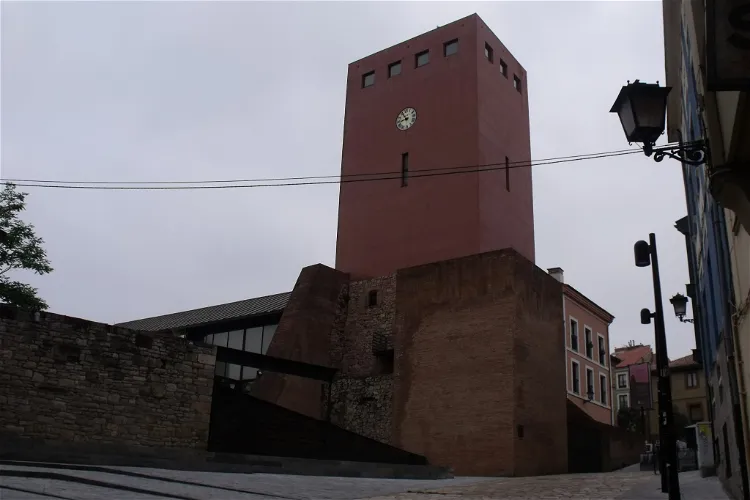
Torre del Reloj
GijónLa Torre del Reloj, a building dating back to 1572, is situated in the Cimadevilla neighborhood of Gijón, Asturias, Spain. The tower was reconstructed in 1989 at the same location with the initial intention of it serving as a museum and a viewpoint over the city. However, it is not currently used for this purpose.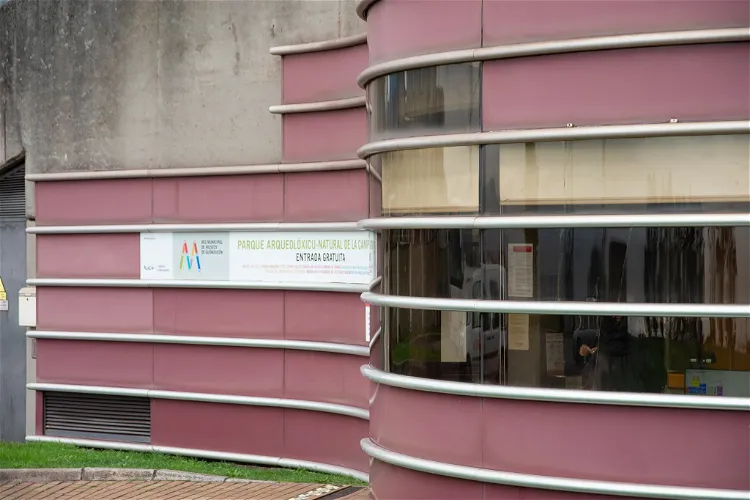
Campa Torres Archaeological-Natural Park
GijónThe Archaeological-Natural Park of La Campa Torres is rich in historical significance, housing various archaeological sites. Among these is the oppidum Noega, an ancient castro where the cilúrnigos lived. Visitors can explore these installations and gain insights into the lives of the ancient inhabitants of the region.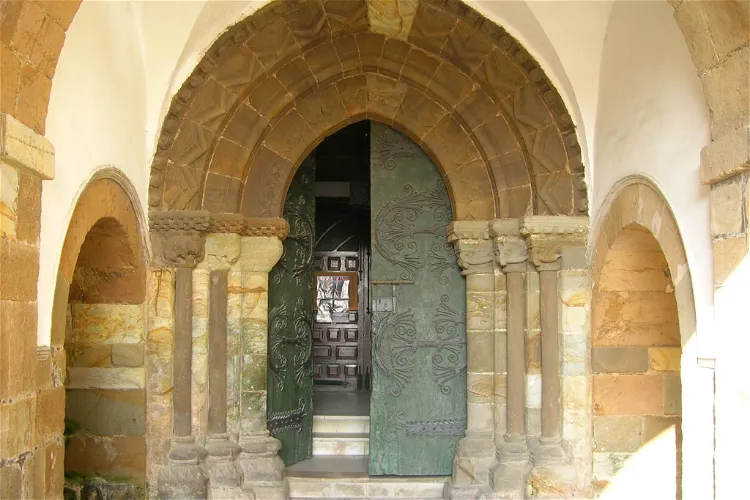
Sacred Art Museum of Tineo
TineoThe Sacred Art Museum of Tineo is a unique destination for art enthusiasts and history buffs alike. Situated in Tineo, Asturias, Spain, the museum is home to a vast collection of sacred art. The museum's location adds to its charm, as it is housed in a 14th-century Roman Catholic Church, known as the Convento de San Francisco del Monte.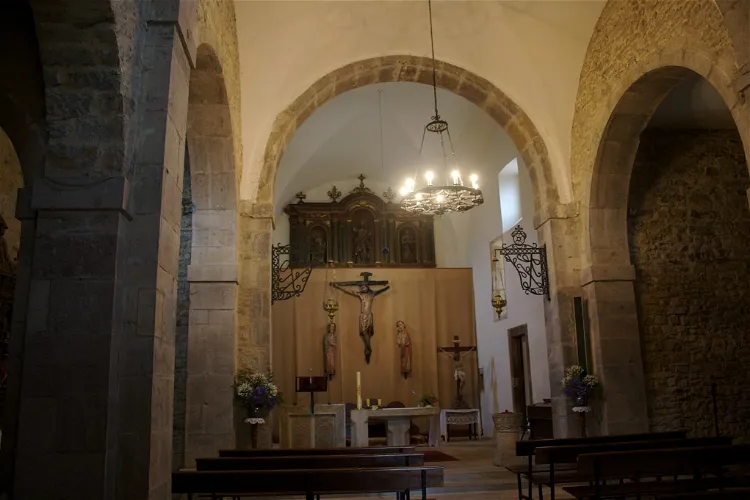
Museo Prerrománico de Santianes
PraviaThe museum houses a collection of Preromanesque artifacts discovered during the restoration of the Church of San Juan. These objects provide a fascinating insight into the history of the Asturian monarchy, offering visitors a chance to delve into the past and learn about the region's royal heritage.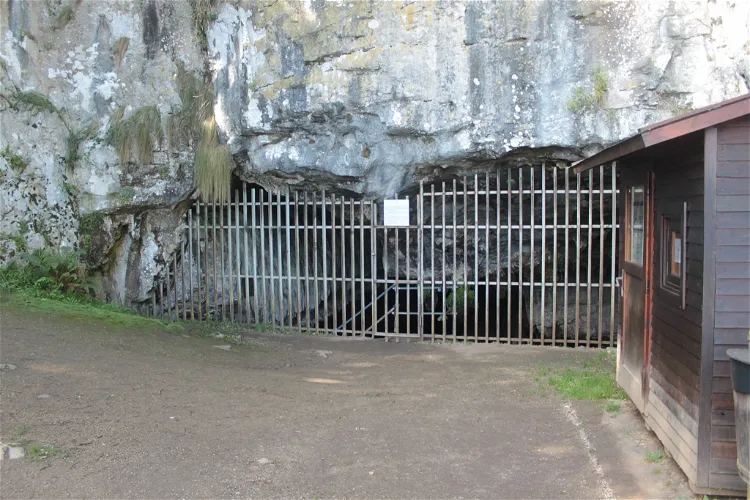
Cave Pindal
RibadedevaLa cueva del Pindal, a prehistoric cave, is situated in the northern part of Spain, near the town of Pimiango in Ribadedeva. This location is at the eastern end of the Principality of Asturias. The cave is a significant historical site that offers a glimpse into the prehistoric era.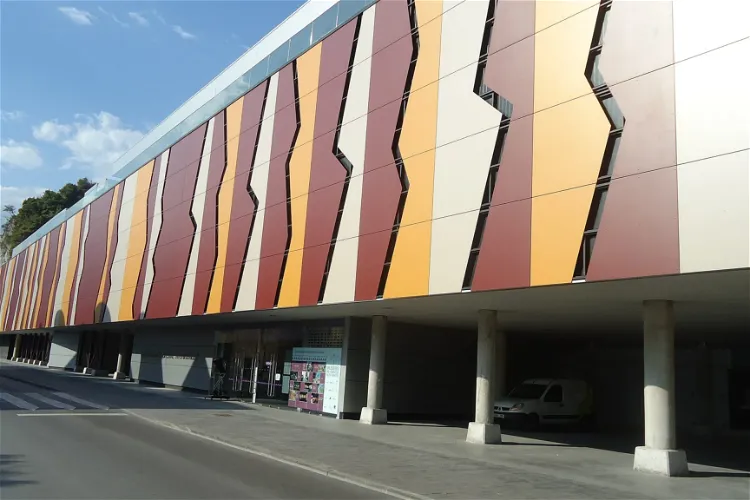
Rock Art Center of Tito Bustillo
RibadesellaThe Tito Bustillo Cave, also referred to as Ramu Cave, is a significant prehistoric site situated in the quaint town of Ribadesella, within the autonomous community of Asturias in Spain. This cave is a testament to the rich history of the region, offering a glimpse into the lives of the Neanderthals and Homo sapiens who once inhabited it.